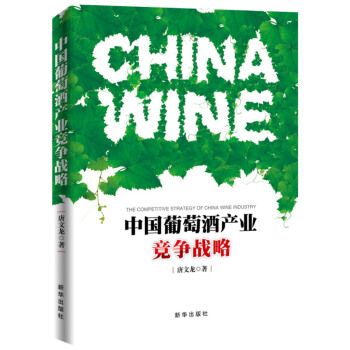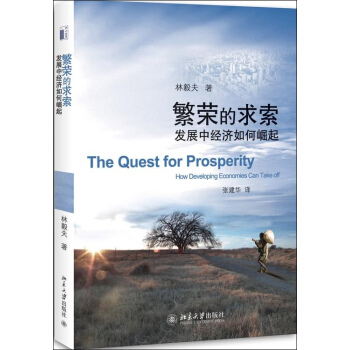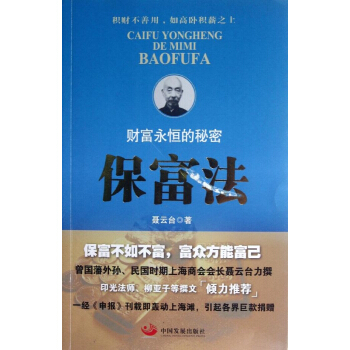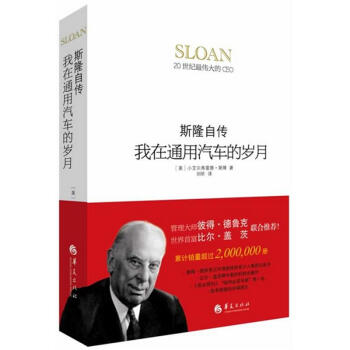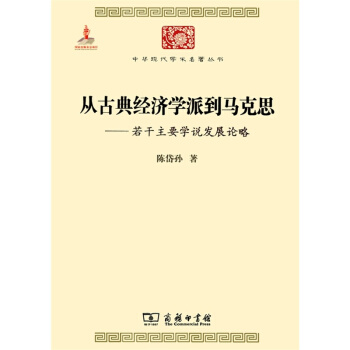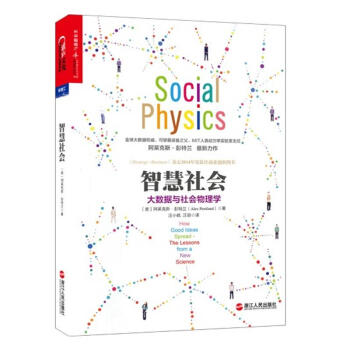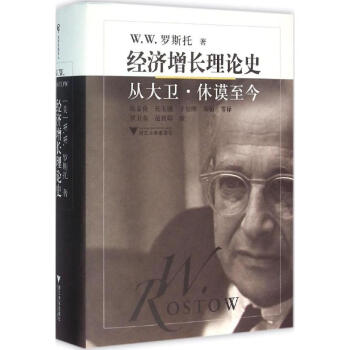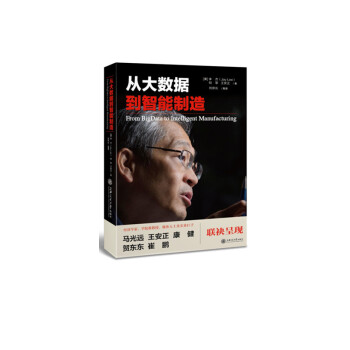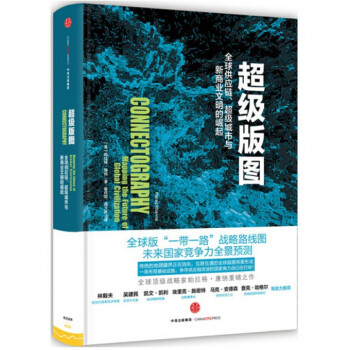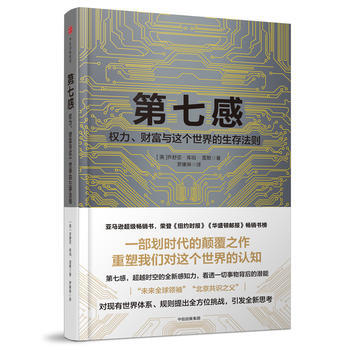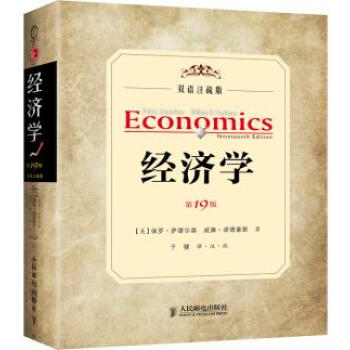![国家智库报告:“一带一路”建设中的港口与港口城市(英文版) [Ports and Port Cities in Building of the Belt and Road]](https://pic.tinynews.org/12208546/5947963cNd094f3b0.jpg)

具体描述
内容简介
随着经济全球化纵深发展,港口与港口城市的重要性日益显著。“一带一路”建设为港口与港口城市的发展提供了制度创新方面的机遇,港口与港口城市的发展为“一带一路”建设提供了技术创新方面的保障。《国家智库报告:“一带一路”建设中的港口与港口城市(英文版)》系统梳理了“一带一路”建设中中国的三大港口群的定位、优势、建设经验与教训以及需要国家的支持,并向国家与地方政府提出观点与建议。
目录
Chapter I Introduction: The Status and Roles of Ports and Port Cities in the Belt and Road Initiative1.Ports and Port Cities
2.institutional Innovation and Technological Progress
3.The Belt and Road Initiative and Port Cities
4.The Positioning of the Three Port Groups
Chapter II The Bohai Sea Port Group
1.Dalian
2.Qingdao
Chapter III Yangtze River Delta Port Group
1.Shanghai
2.Ningbo
Chapter IV Pearl River Delta Port Group
1.Quanzhnu
2.Shenzhen
3.Haikou
Chapter V Conclusion: Opinions and Suggestions
1.New Direction of Development
2.Difficulties and Challenges
3.Suggestions on Policy
精彩书摘
《国家智库报告:“一带一路”建设中的港口与港口城市(英文版)》:A. The advantages of Shanghai in the building of the Belt and Road Initiative
-Location Advantage. Shanghai is located in the Yangtze River estuary, facing the East China Sea in the east, adjacent to Hangzhou Bay in the south, connecting Jiangsu Province and Zhejiang Provinces, which jointly forms the Yangtze River Delta Economy Circle with Shanghai as the core. It is not only the eastern border city of the Silk Road Economic Belt, but also the origin city of the 21st-Century Maritime Silk Road. It is the rendezvous point of the Belt and the Road, the inland and the coast, which enables it to have the strategic position connecting "the inside and outside", and provide congenital location advantages for Shanghai to integrate into the Belt and Road Initiative.
-Relatively complete and high-quality industrial system. Besides the weak mining industry, Shanghai occupies a prominent position among the domestic provinces and cities with its comprehensive industry category and substantial industrial strength. Among them, the strength and level of the financial industry and service industry are among the best in China. Such kind of industrial system provides favorable conditions and possibility for Shanghai to participate in the multi-category and comprehensive development of large scale cities along the Belt and Road as a whole.
-Quite complete communication channels with the relevant countries and cities along the Belt and Road. There are dozens of countries which have Consulate General in Shanghai. Shanghai has communicated with friendly cities or cities of friendly communication in more than 70 countries, with more than 100 news organizations from dozens of countries or regions. Among the above countries, at least half are along the Belt and Road. In addition, there are natural relations between Shanghai and the Shanghai Cooperation Organization, the Industrialists' Committee, and BRIC Bank.
- Talent and technology advantages. As China's most economically dynamjc region with the highest degree of internationalization, Shanghai has a large number of talents with consciousness of innovation, dynamic and most innovative, among which about 1/4 are returning brains. Shanghai has basically completed the most complete regional scientific and technological innovation system, formed a number of industrial clusters of international advanced level and active technological innovation, and several key subjects with international advanced level and technical advantages; in the key fields it has a number of science and technology leaders of international advanced level and internationally renowned entrepreneurs in the key industries; it has several scientific research bases and research and development centers of international advanced level, and a number of major scientific and technological achievements of international advanced level.
-Strong integration of resources. The successful implementation of the construction of Jinshan Petrochemical since the 1970s, the construction of Shanghai Baosteel from the 1980s, the development and opening up of Pudong in 1990s, and the China World Expo in the first decade of the 21st century, all these systematic large projects have tempered Shanghai, which enables it to have special resource integration capability under the national strategy. The times are moving forward and the mechanism has changed, therefore the role of the government has to keep up with the times. The richness, complexity and arduous nature of the strategy of the Belt and Road Initiative require strong resource integration capability of the government. And Shanghai, as an international metropolis at the forefront of reform and opening up, has already possessed such ability.
……
用户评价
评价二 作为一名对国际经济和地缘战略颇感兴趣的读者,这本书的书名瞬间抓住了我的眼球。《国家智库报告:“一带一路”建设中的港口与港口城市》(英文版)——光是这个定位,就预示着其内容的权威性和深度。我猜测,这本书并非泛泛而谈,而是会以国家级智库的视角,对‘一带一路’倡议中的核心要素——港口和与之相伴的城市发展进行系统性的研究和分析。书中可能包含对不同区域港口建设的案例研究,比如其在战略位置、基础设施投资、运营模式以及对区域经济格局重塑等方面的影响。我尤其期待书中能够深入分析港口作为‘21世纪海上丝绸之路’关键节点的作用,探讨它们如何通过升级改造、扩建深水码头、优化物流体系,来承载日益增长的贸易量,并成为连接中国与世界的重要枢纽。此外,书中或许还会探讨港口城市在‘一带一路’框架下,如何从单一的货物集散地,转型升级为集贸易、金融、物流、制造、旅游以及创新产业于一体的综合性经济中心。这本书的价值,或许就在于它能够提供一个关于‘一带一路’如何通过实体基建,驱动全球经济一体化进程的实证性解读,其结论和建议,想必对相关决策者和研究者都具有重要的参考意义。
评分评价一 这本书的标题,初看之下,便勾起了我对于全球贸易脉络的好奇心。‘一带一路’,这个响彻世界的倡议,其背后蕴含的庞大经济体量和地缘政治考量,总是让人忍不住想要一探究竟。而“港口与港口城市”,则是我眼中‘一带一路’最直接、最触及现实的落脚点。我设想,书中定会描绘一幅波澜壮阔的画卷,从东南亚的马六甲海峡,到非洲之角的吉布提,再到欧洲的希腊比雷埃夫斯港,每一个港口不仅仅是一个货物中转站,更是城市发展的新引擎,是文化交流的十字路口。我期待书中能够深入剖析这些港口如何借助‘一带一路’倡议焕发新生,如何吸引投资、创造就业,如何改变当地居民的生活面貌。同时,我也好奇书中是否会探讨这些港口城市在面临快速发展时所带来的挑战,比如环境保护、社会公平以及如何平衡发展与传承等问题。一个优秀的报告,应该能在宏大叙事中不失细节,在数据支撑下又不乏人文关怀。我相信,作者必定会以严谨的学术态度和生动的笔触,为我们呈现一幅立体而鲜活的‘一带一路’港口图景,让我对这个跨越时空的宏大工程有了更深刻的理解。
评分评价四 翻开这本书的书名,《国家智库报告:“一带一路”建设中的港口与港口城市》(英文版),立刻激发了我对全球供应链和区域经济联动模式的深入探究兴趣。‘一带一路’倡议,其宏大的愿景需要落脚在具体的实体项目上,而港口无疑是这个倡议中最具象征意义和经济效力的载体之一。我预感,这本书将以一种非常学术和严谨的视角,剖析港口在‘一带一路’框架下的发展脉络。书中可能详细探讨了如何通过港口基础设施的升级改造,来提升贸易便利化水平,降低物流成本,从而有力地推动沿线国家和地区的经济增长。我尤其期待书中能够提供详实的案例分析,比如通过对比不同港口的建设模式、运营策略及其对周边经济的辐射效应,来论证‘一带一路’倡议的实际成效。同时,我也想知道书中是否会涉及港口城市作为区域发展极核的潜力,以及如何在港口带动下,发展临港产业、提升城市功能,吸引人才和技术。一本优秀的智库报告,其价值在于能够提供前瞻性的洞察和基于事实的结论,我期待这本书能为我理解‘一带一路’倡议的深层逻辑和实际影响,提供坚实的信息支持和独到的分析视角。
评分评价三 这本《国家智库报告》的书名,如同为我打开了一扇通往世界贸易心脏地带的大门。‘一带一路’,这个概念早已耳熟能详,但其具体落实到港口和港口城市的层面,却是一个更具象、更具操作性的观察维度。我设想,书中必定会深入挖掘港口在‘一带一路’倡议中所扮演的战略角色,以及它们如何成为连接中国与沿线国家经济的生命线。我期待书中能够详细介绍不同地理区域的关键港口,分析其建设和发展的历史背景、现状以及未来的潜力。或许,书中还会探讨这些港口城市在‘一带一路’建设过程中面临的机遇与挑战,例如如何吸引外资、改善营商环境、提升港口效率,以及如何处理好与当地社区的关系,实现可持续发展。一本高质量的智库报告,其分析必然是多角度、多层次的,我希望这本书能够提供关于港口基础设施建设的最新数据、政策解读,以及对未来发展趋势的预测。此外,我也很好奇书中是否会触及港口城市在文化交流、人员往来以及地方治理等方面的变化,因为港口从来不仅仅是经济的载体,也是文化的熔炉。这本书,或许能让我对‘一带一路’的实施效果有更深刻、更务实的认识。
评分评价五 这本《国家智库报告》的书名,如同为我描绘了一幅横跨欧亚大陆的经济蓝图。‘一带一路’,这个宏大的倡议,其最生动的展现便是无数个忙碌的港口和由此繁荣起来的港口城市。我期望在这本书中,能够看到关于这些关键节点如何被规划、建设和运营的详细阐述。书中或许会深入剖析不同地区港口在‘一带一路’战略中的定位,以及它们如何通过提升吞吐能力、优化集疏运体系,来对接中国与其他国家日益增长的贸易需求。我好奇书中是否会详细介绍具体的港口项目,比如新港的建设、旧港的升级,以及它们在技术应用、绿色发展方面的创新实践。同时,我也期待书中能够探讨港口城市在‘一带一路’建设中扮演的角色,它们如何从单一的货物吞吐中心,发展成为集商贸、物流、金融、旅游、科技创新等于一体的综合性经济区域。一本高水平的智库报告,必然会提供扎实的调研数据和严谨的分析框架,我相信这本书能让我更清晰地认识到,港口与港口城市是如何在‘一带一路’的驱动下,成为促进全球经济一体化和区域协同发展的重要力量,其研究成果必将具有重要的理论和实践价值。
相关图书
本站所有内容均为互联网搜索引擎提供的公开搜索信息,本站不存储任何数据与内容,任何内容与数据均与本站无关,如有需要请联系相关搜索引擎包括但不限于百度,google,bing,sogou 等
© 2025 book.idnshop.cc All Rights Reserved. 静思书屋 版权所有


